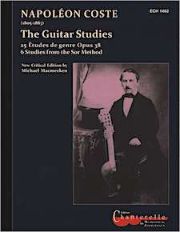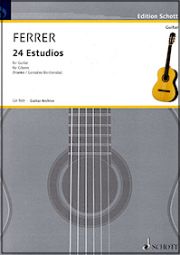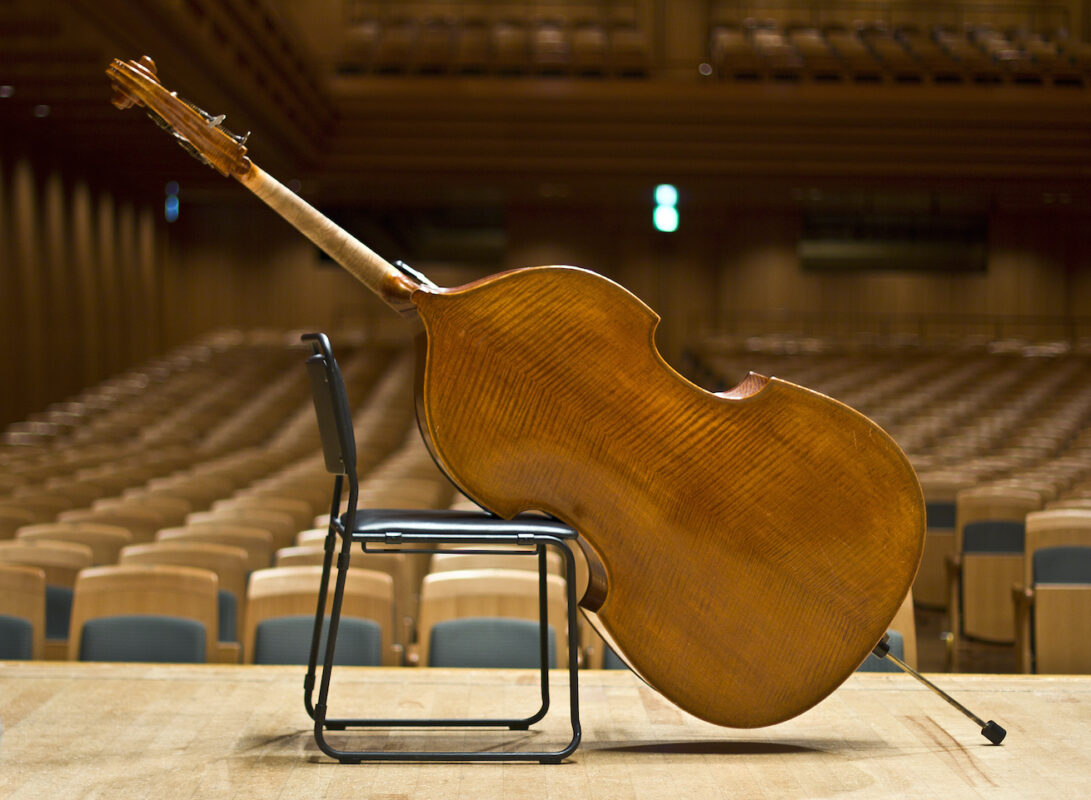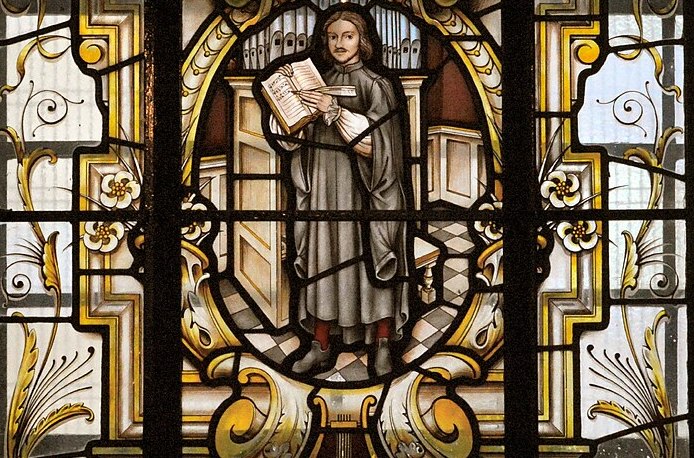New old etudes
Classical-romantic compositions by Napoléon Coste and José Ferrer y Esteve in well-founded and practical editions.
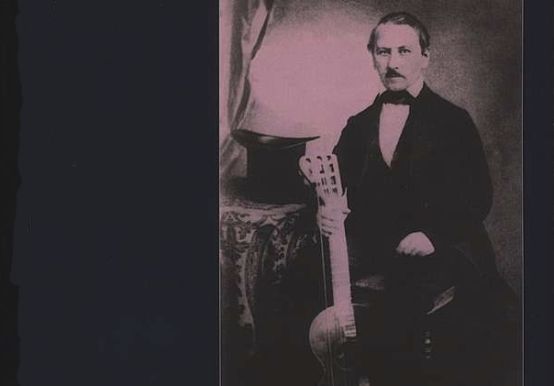
Taste and perception change over time, but an original musical text is always an original musical text. This is what the author of a new edition of the 25 Études de genre by the French guitarist and composer Napoléon Coste (1805-1883) in his detailed English-language foreword. Michael Macmeeken's aim is to pass on the music as accurately as possible as the composer intended it in the 19th century.
Born in 1805, Coste studied with old master Fernando Sor in Paris, a hotspot at the time. His music is classical-romantic: pleasing, but certainly demanding. He wrote most of his pieces for friends and acquaintances; a piece dedicated to his wife is particularly beautiful Andante. He himself used a specially made guitar with an additional, free-floating D string. Anyone playing his compositions on a conventional instrument therefore retunes the 6th string from E to D - which has an effect on the fingering - or octaves the low D up an octave in the musical text. Macmeeken gives the player a choice by offering alternatives or even publishing individual etudes in two separate versions in D and E tuning.
The editor is not stingy with fingerings in other respects either. On the one hand, all the original indications are printed, and on the other, Macmeeken makes additions in italics, whereby it is clear at all times what is by the composer and what has been added by the editor. Macmeeken thus achieves the feat of presenting the etude classics from the century before last in an edition that is both scholarly and suitable for everyday use. Six pieces written by Coste for the extended edition of the Sor school are included as a supplement.
It was only two years after Costes' death that José Ferrer y Esteve (1835-1916) also appeared on the scene in Paris, coming from Barcelona. In recent years, small musical gems by him have repeatedly surfaced in various anthologies and collections, the sources of which can mostly be found in the library of the Royal Academy of Music in London (and there in the Robert Spencer Collection). Now, more than a hundred years after Ferrer's death, his Estudios have been published for the first time. Despite their more recent date of origin, they are not much more modern than Coste's etudes: although clearly Romantic, they are still firmly anchored in classical harmony. Some of the pieces are certainly capable of meeting higher standards. Apart from the fingerings, it is also made clear in this edition which indications are original and which have been added by the editor.
The sheet music is impeccable. This makes it all the more incomprehensible that even short pieces, which could easily fit on one page, have to be scrolled through. Also, the often repeated indication "hinge" as an instruction for a flexible partial cross-grip of the left index finger in the middle of Ferrer's musical text seems rather strange. Nevertheless: a very welcome addition to the traditional etude repertoire.
Napoléon Coste: The Guitar Studies, 25 Études de genre op. 38, 6 Studies from the Sor Method, edited by Michael Macmeeken, ECH 1402, € 22.90, Editions Chanterelle im Musikverlag Zimmermann (Schott), Mainz 2017
José Ferrer: 24 Estudios for guitar, edited by Jens Franke and Marta Gonzalez Bordonaba, GA 569, € 17.50, Schott, Mainz 2017






